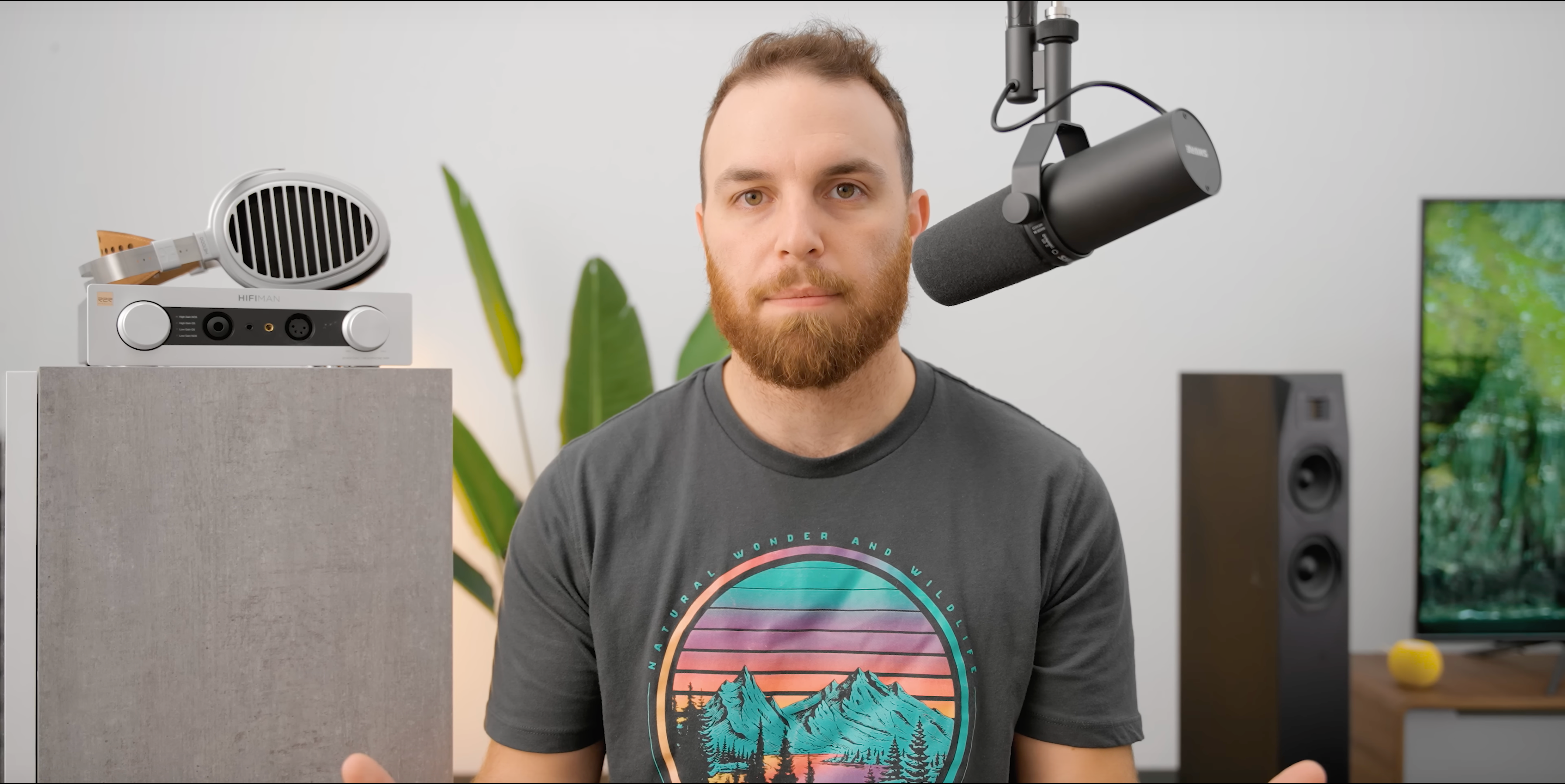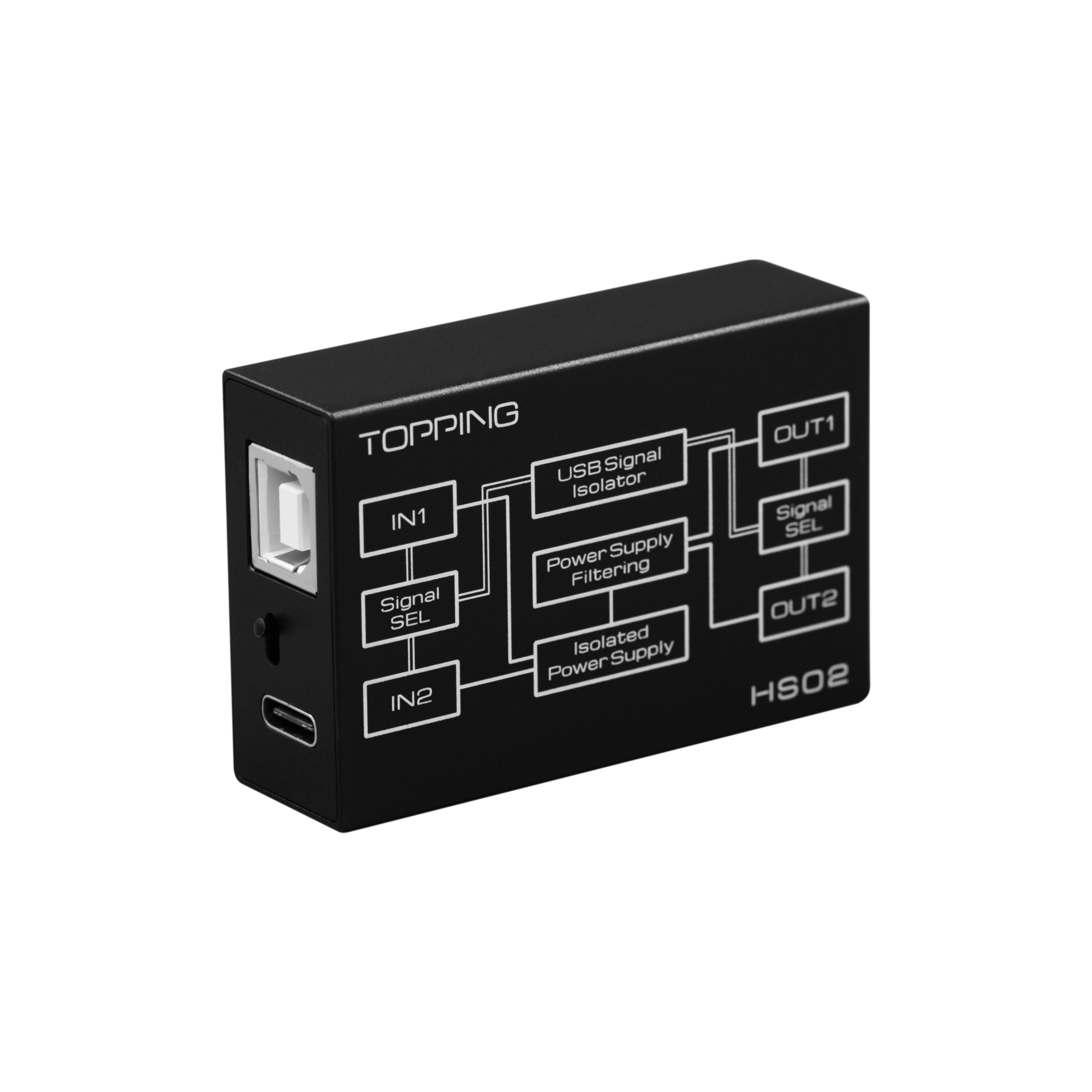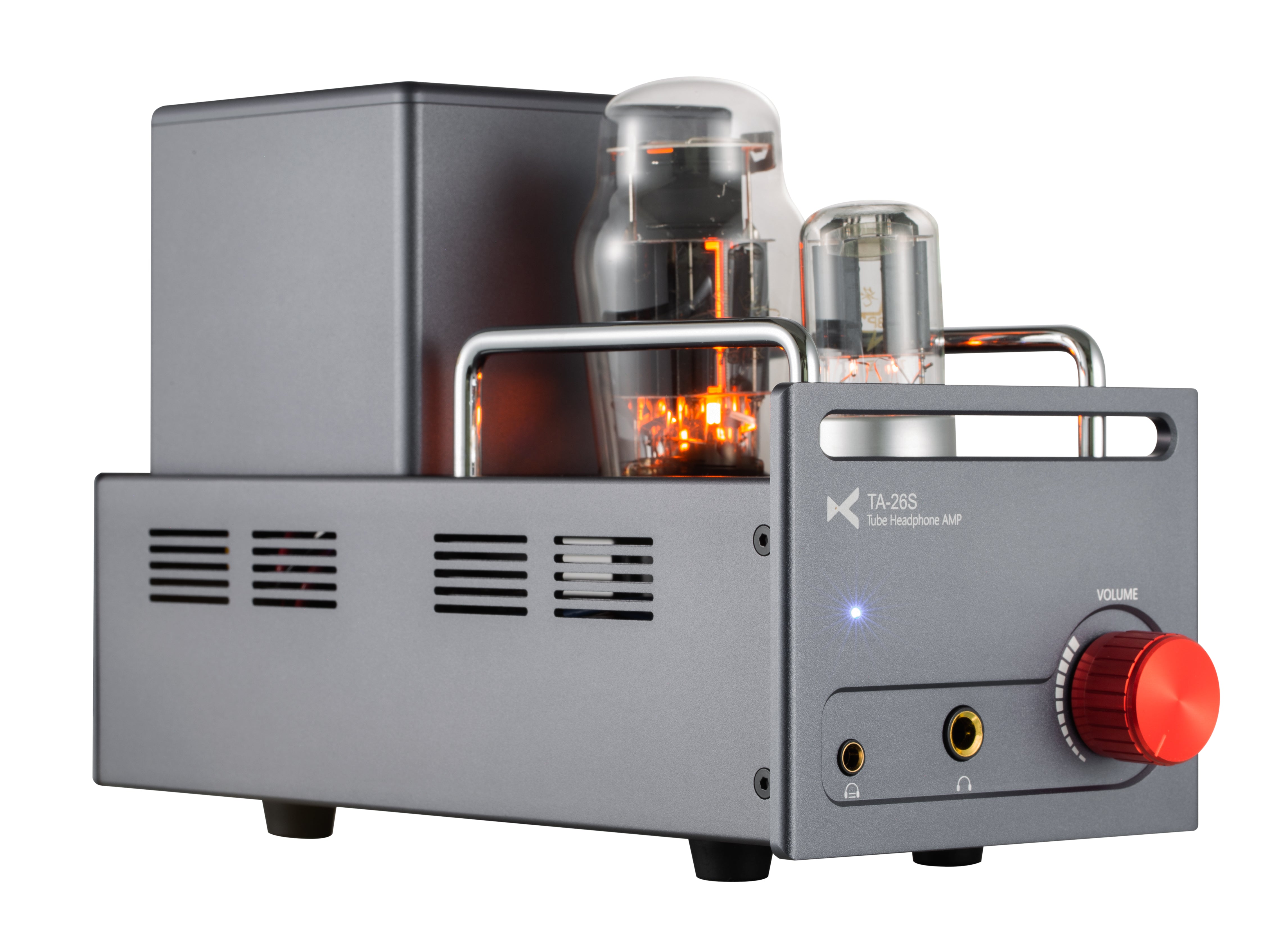
Joshua Valour: "The HIFIMAN EF400 is a Powerhouse"
Note: This article is based on the video "The NEW Hifiman EF400 is a Powerhouse!" made by Joshua Valour on his YouTube channel and is printed here in partnership with Joshua Valour. The review was originally posted on September 19th, 2022. Edits have been made for clarity and length. You can purchase the HIFIMAN EF400 Desktop DAC/Amp on Apos Audio.
Intro
As always, all thoughts and opinions are my own. Apos Audio store did send this out for a review. HIFIMAN had nothing to do with this review.
So let’s go ahead and jump into it. This is the EF400. This is a very interesting amplifier, because not only does HIFIMAN not really come out with very many amplifiers, when they do it kind of marks an interesting point. What’s interesting about this one is that it sort of nudges people to redefine how much power they think they need for some headphones like the Susvara or the HE100V2.
I think the Susvara doesn’t actually need as much power as a lot of people say it needs. This is a very powerful amplifier, coming in at about 4.4W per channel, but it’s nowhere near some of the claims of 10W or 50W or 100W that some people claim they need to use for their Susvara. I don’t personally think you need that much power. And now it looks like HIFIMAN doesn’t think you need that sort of power either.
Moreover, this amp is interesting because it’s such an alternative approach to some of the existing DAC/amps on the market right now. For instance, it uses a Himalaya R2R DAC, which is a rarity these days. Most DAC/amps right now are either using ESS or AKM chips.
This also has a very interesting selection of inputs, being only two USBs–one is a USB-B and the other is a USB-C. Now, I commend them for using USB-C, because for some reason this seems to be something that no other DAC/Amp can get right. Even really high-end DAC/Amps don’t often provide USB-C, which has become the industry standard. Now, if you use optical or Bluetooth or anything like that, this is not going to be the DAC/amp for you.
Build quality
The external build quality is superior to that of TOPPING and FiiO. It feels more dense, more solid, and seems to be better constructed. Honestly, I also like the physical design of it, especially the face being brushed aluminum.
You have a four-gain selection switch. You have a host of headphone outputs: 6.3mm, 3.5mm, 4.4mm, and XLR balanced. You have a volume knob, which does actually feel a little bit cheap. On the back, you have XLR and RCA outputs and the two USB inputs.
The chassis itself is a little bit of a fingerprint magnet, so be aware of that. But overall, I think the design is very nice-looking.
Measurements
So the measurements are sort of interesting. The total harmonic distortion is 0.002%. The SNR is 118dB. The power output is 4.4W. This hasn’t been independently measured, so I’m not sure if there’s going to be any real corks in this thing’s measurement performance. But what’s interesting about this is that it’s already a little bit behind some of the existing DAC/Amps right now, like the DX5 and the FiiO K9, for example.
However, this is actually targeted at a different audience than the people who like a super clean measuring DAC/Amp. Historically, R2R DACs don’t measure as cleanly as AKM or ESS chips, so it seems to me that HIFIMAN’s goal isn’t super duper cleanliness. And so, if your goal is a perfect-sounding DAC/Amp, you should look at something like the DX5 or FiiO K9.
Power
Another interesting thing is that this is more powerful than most DAC/Amps on the market. This has probably just as much power as any headphone is going to need, and that alone is going to be attractive to the right users. This also has a lot of flexibility, in terms of power and gain settings, so it can play with IEMs on its lowest gain setting or something like the Susvara on the highest gain setting. So with someone with a wide range of headphones, the power output is going to be very appealing.
Headphone test
I think that this thing is very good for certain headphones yet misses the mark a little bit for others. For example, the HE1000V2 sounds fantastic. The amp has more than enough power, which is very impressive for a big demanding planar headphone like that. It was really able to drive its dynamic slam and bass response, which is usually what suffers first. Another thing that the HE1000V2 suffers from on other amplifiers is a sort of glossiness or shininess to the treble response, because it’s already pretty treble-forward. With the EF400, the HE1000V2 actually sounded better than the better-measuring FiiO K9. It was smoother on the top end.
On the other hand, the EF400 did not sound good with the Diana TC. In a weird way, it made the Diana sound a little bit more mono, less three-dimensional, more compressed, and less dynamic.
For some more common headphones, like the HIFIMAN Edition XS, I felt like the performance was as good as I’ve heard. It matched the capability of something like the A90(D), and that’s a relatively easy headphone to drive.
Sound characteristics
This doesn’t seem like an overly warm amplifier, nor is it like a squeegee clean one. It hits right in the middle. It doesn’t seem to have any particular leanings, which is a good thing and a bad thing. I wish they had leaned in a warmer direction. I think that would be my personal preference.
There weren’t any other standout characteristics that would make me not recommend this to somebody, especially if you’re not really interested in doing the whole measurement dance. It sounded very clear and without characteristics that I would typically look for as a detriment. It sounded quite nice.
Conclusion
I have no problem recommending the EF400, if you’re looking for a limited feature set, high amount of power, great looks, and you’re not a measurement chaser.


